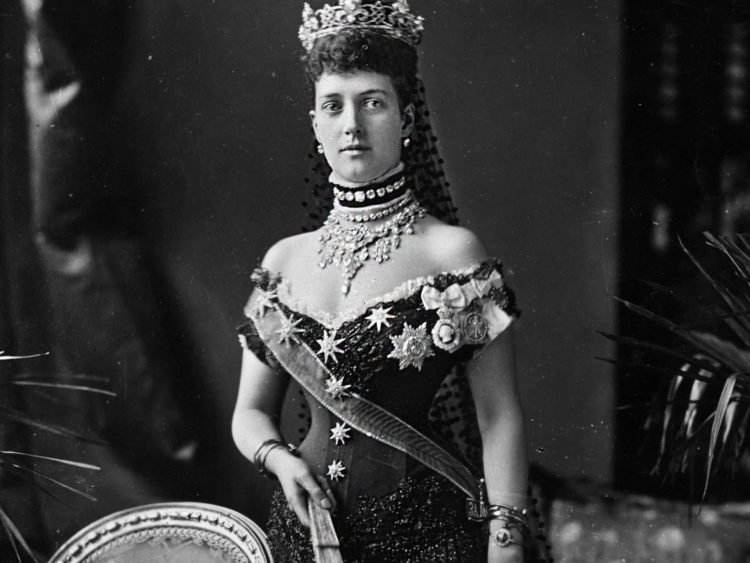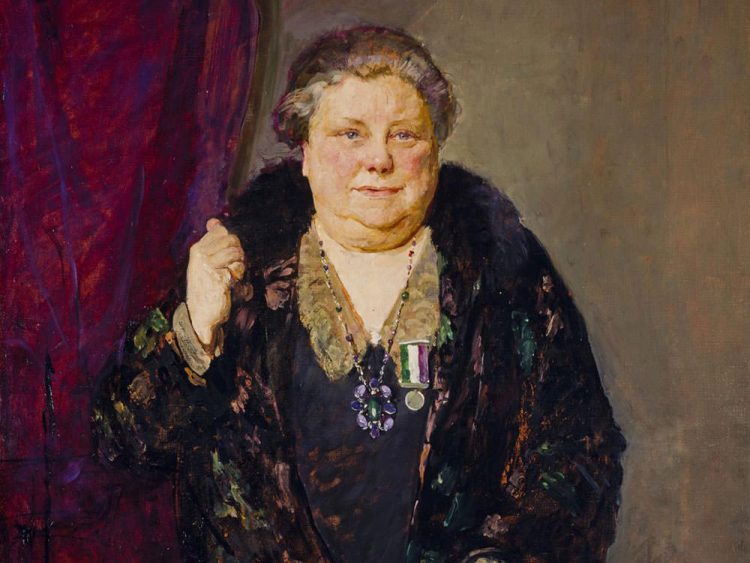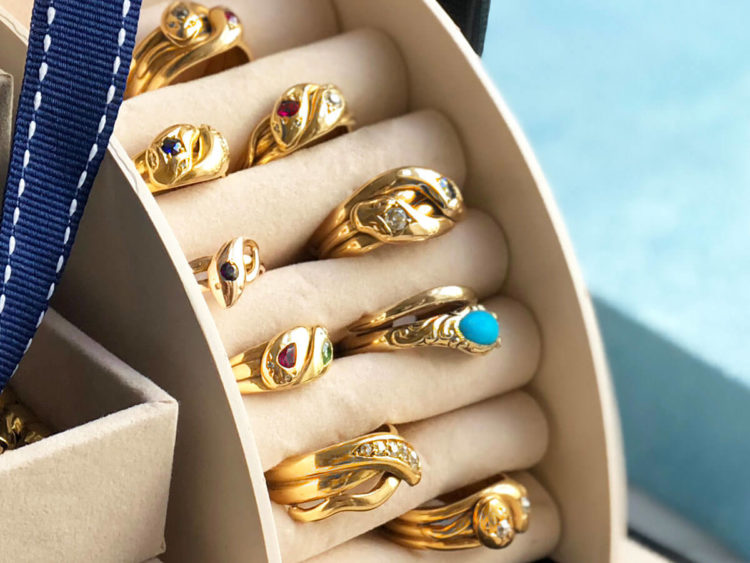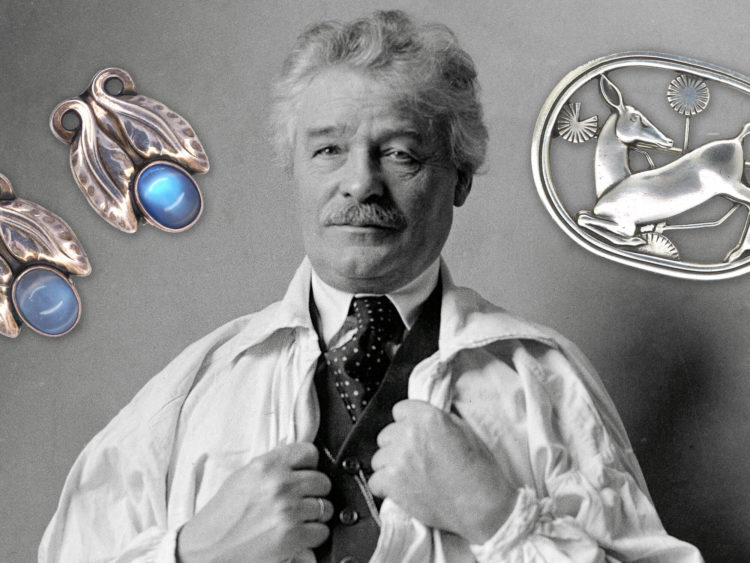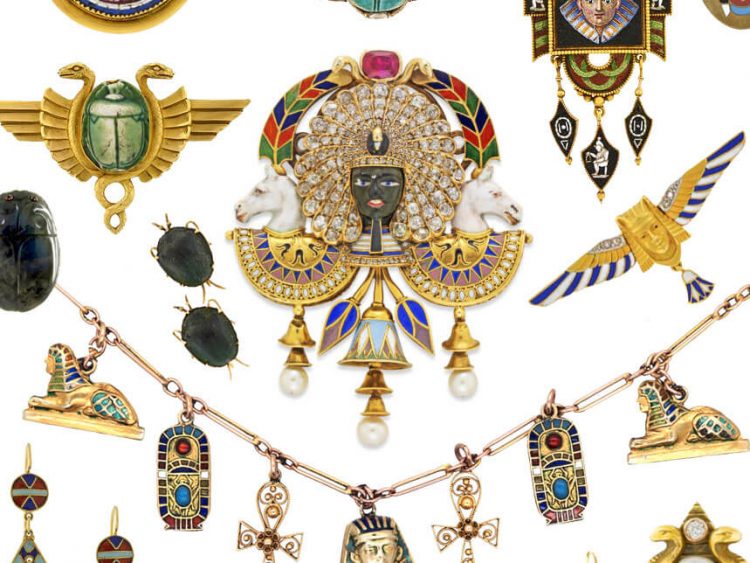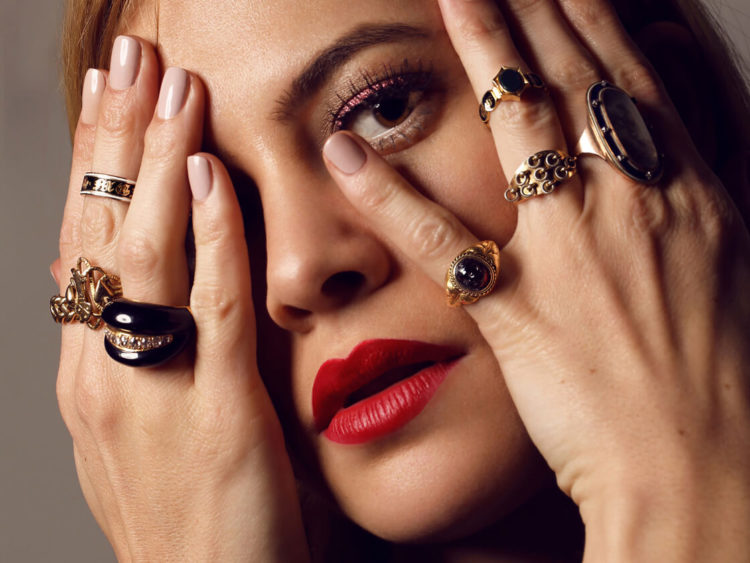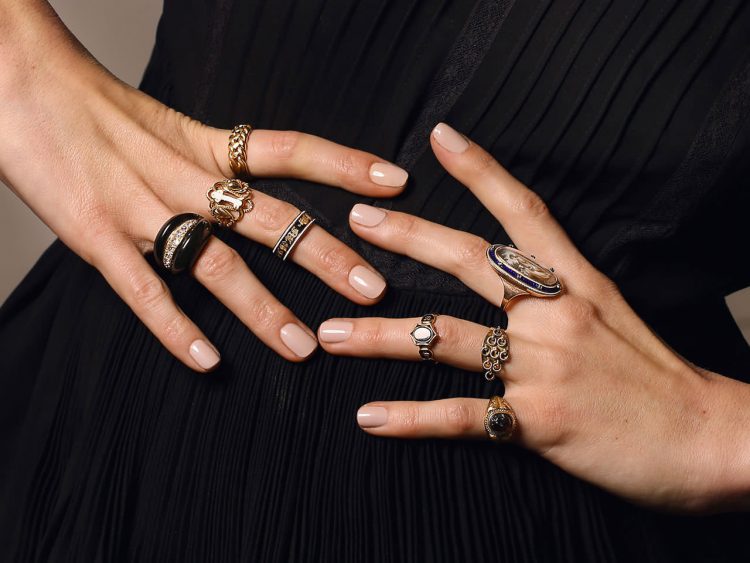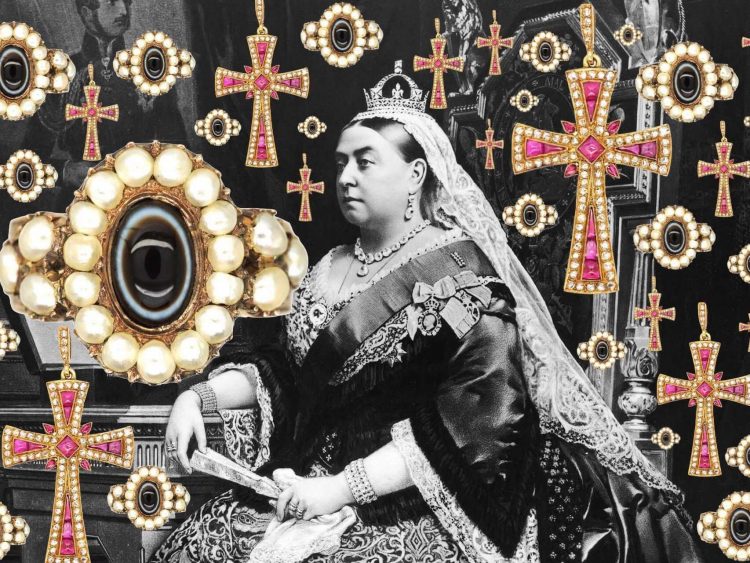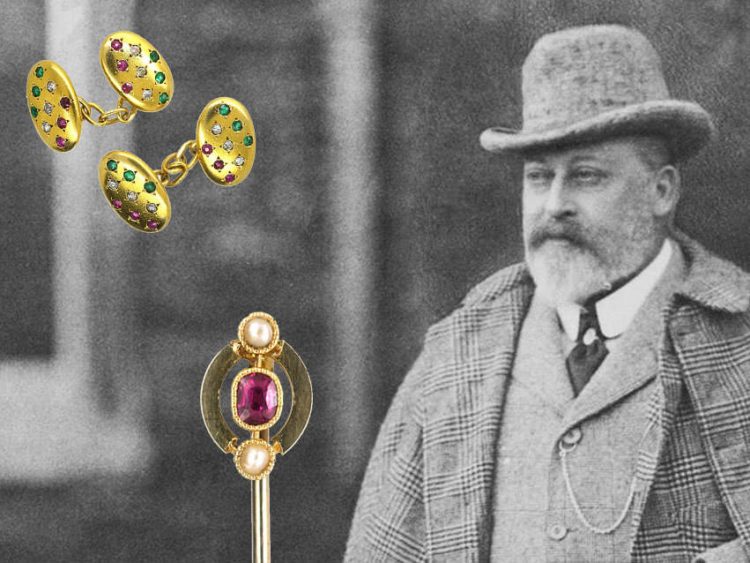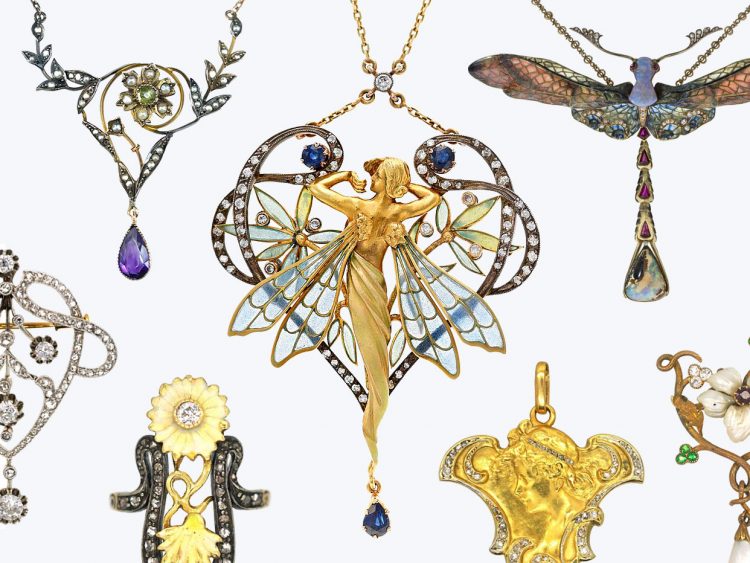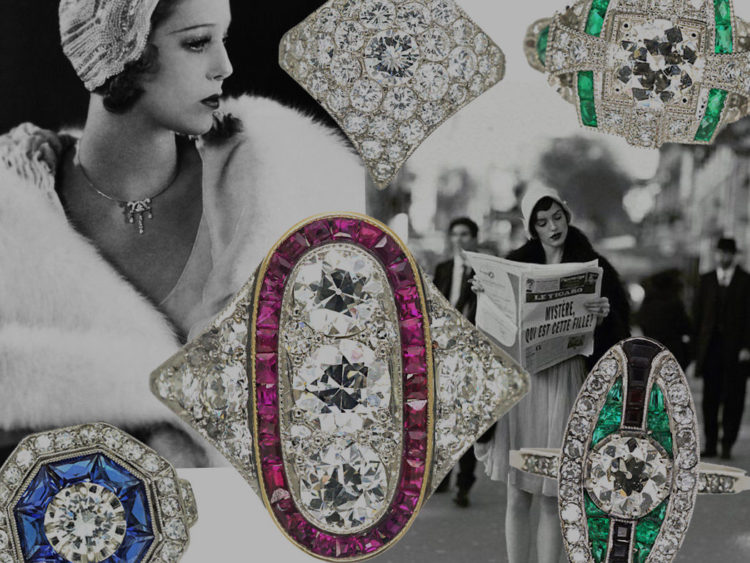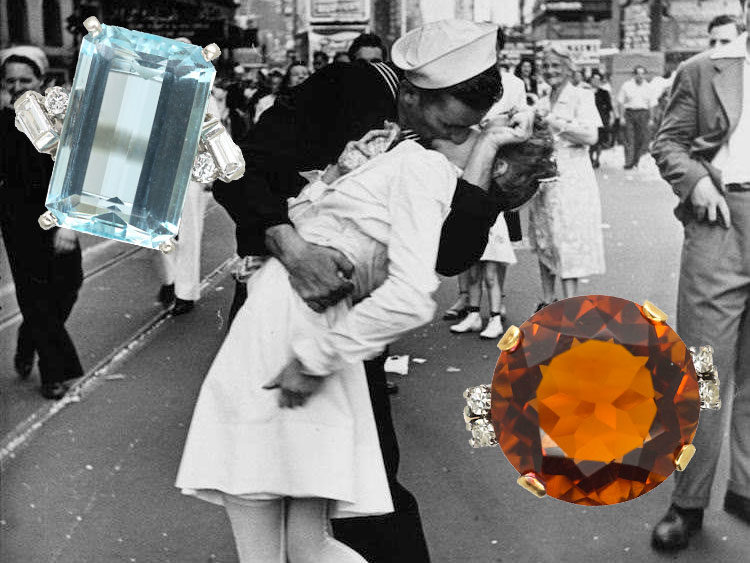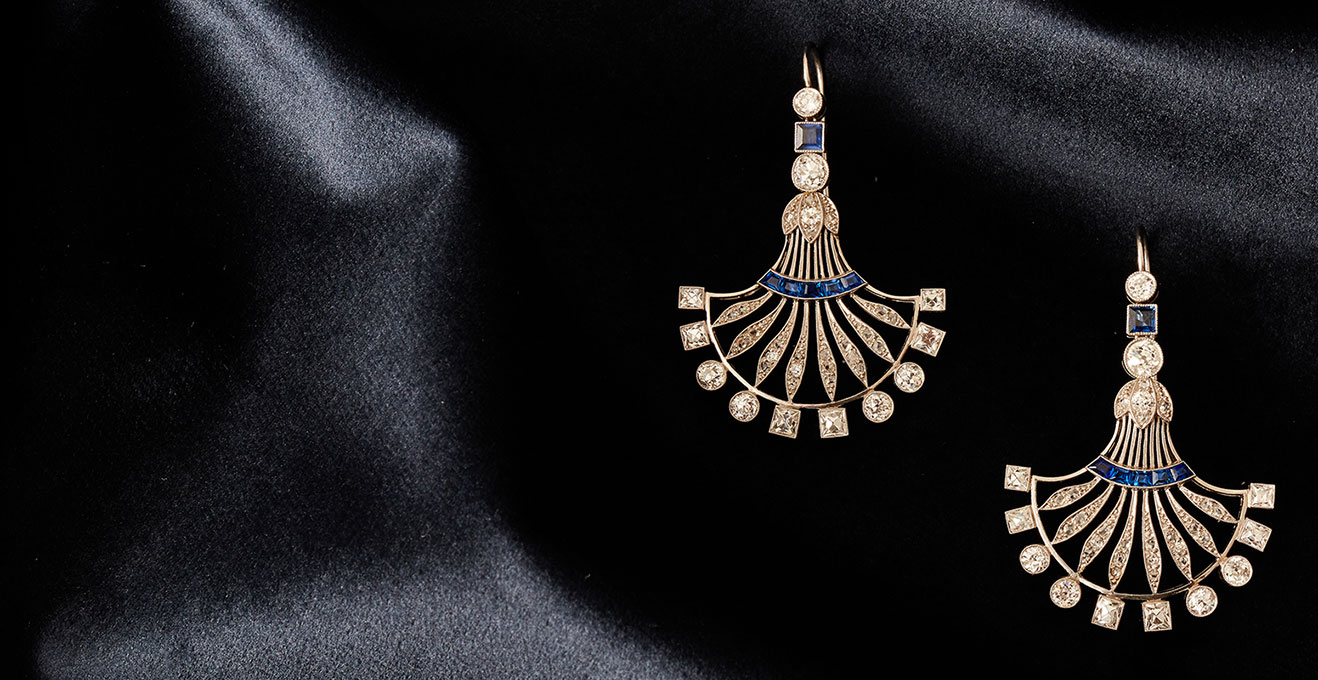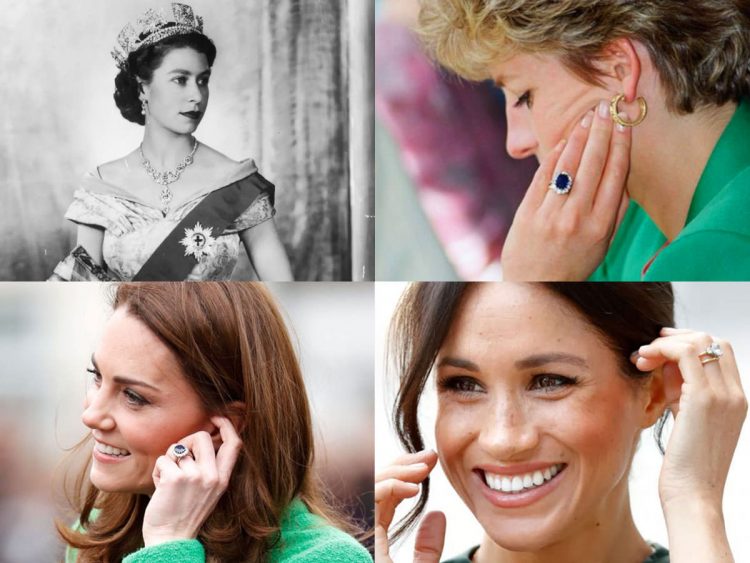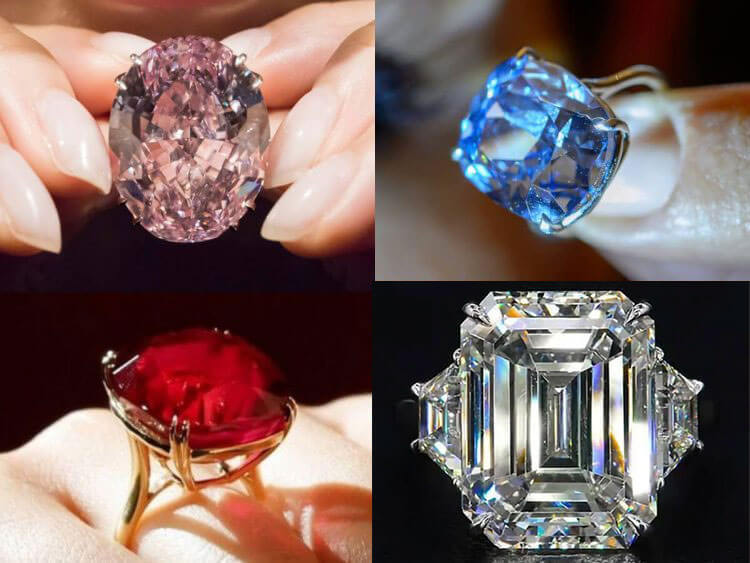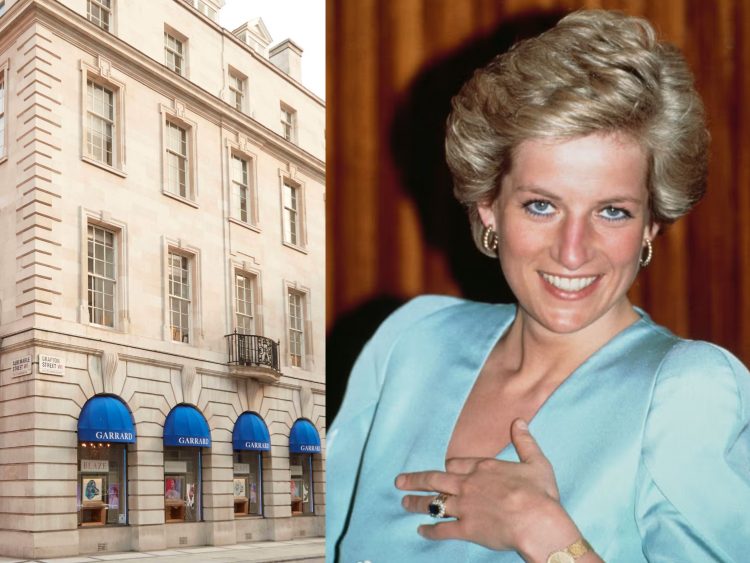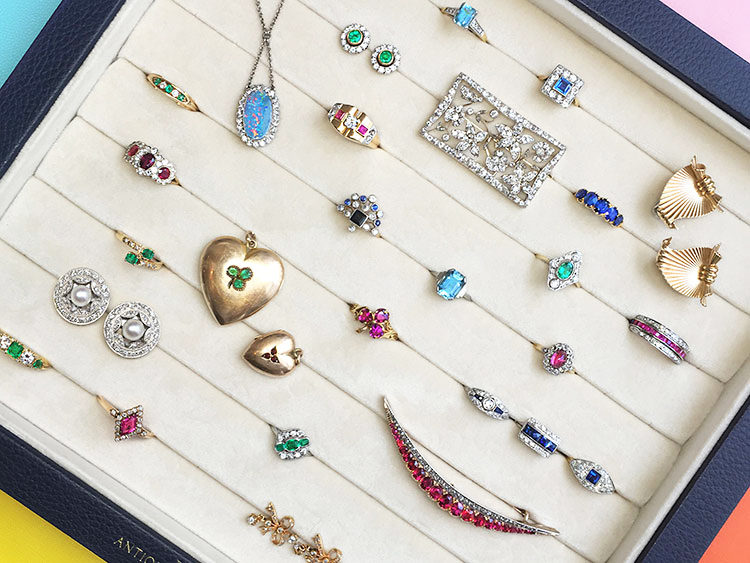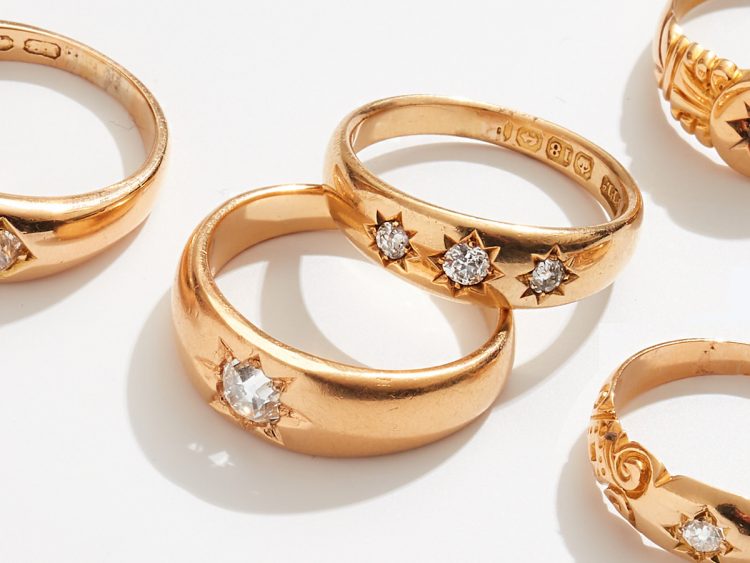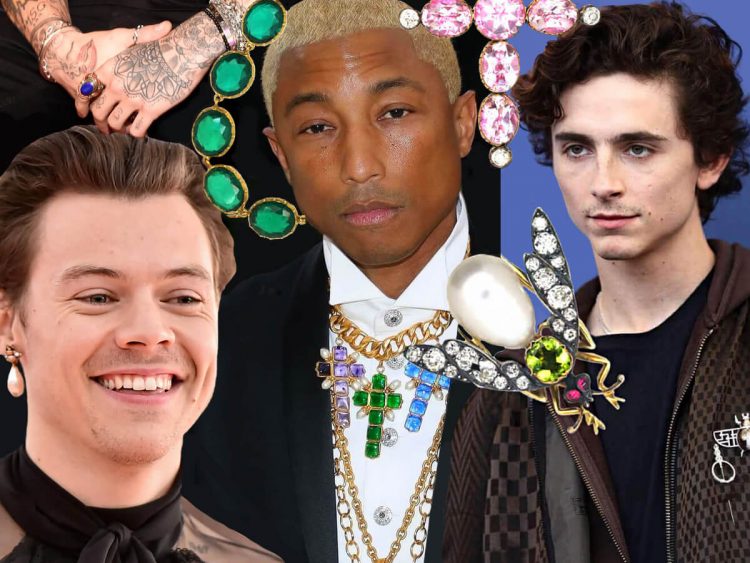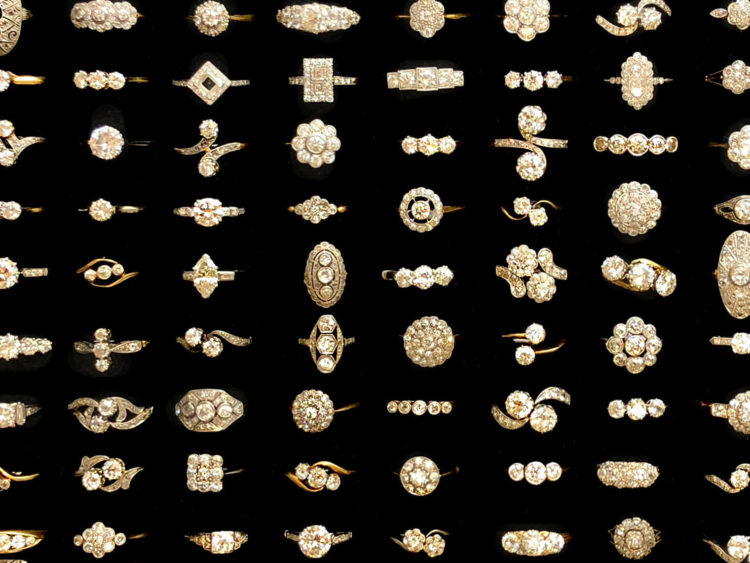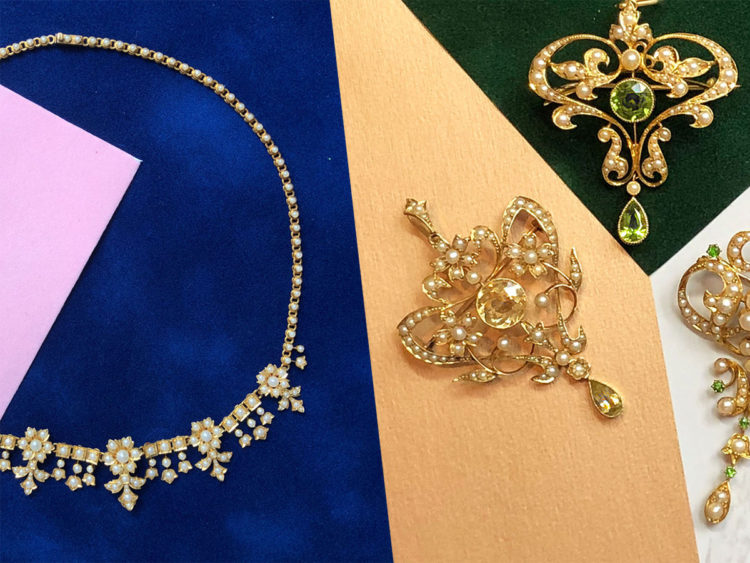-

Your Shopping Bag is empty
A Journey Through the Eras
Georgian (1714-1830)
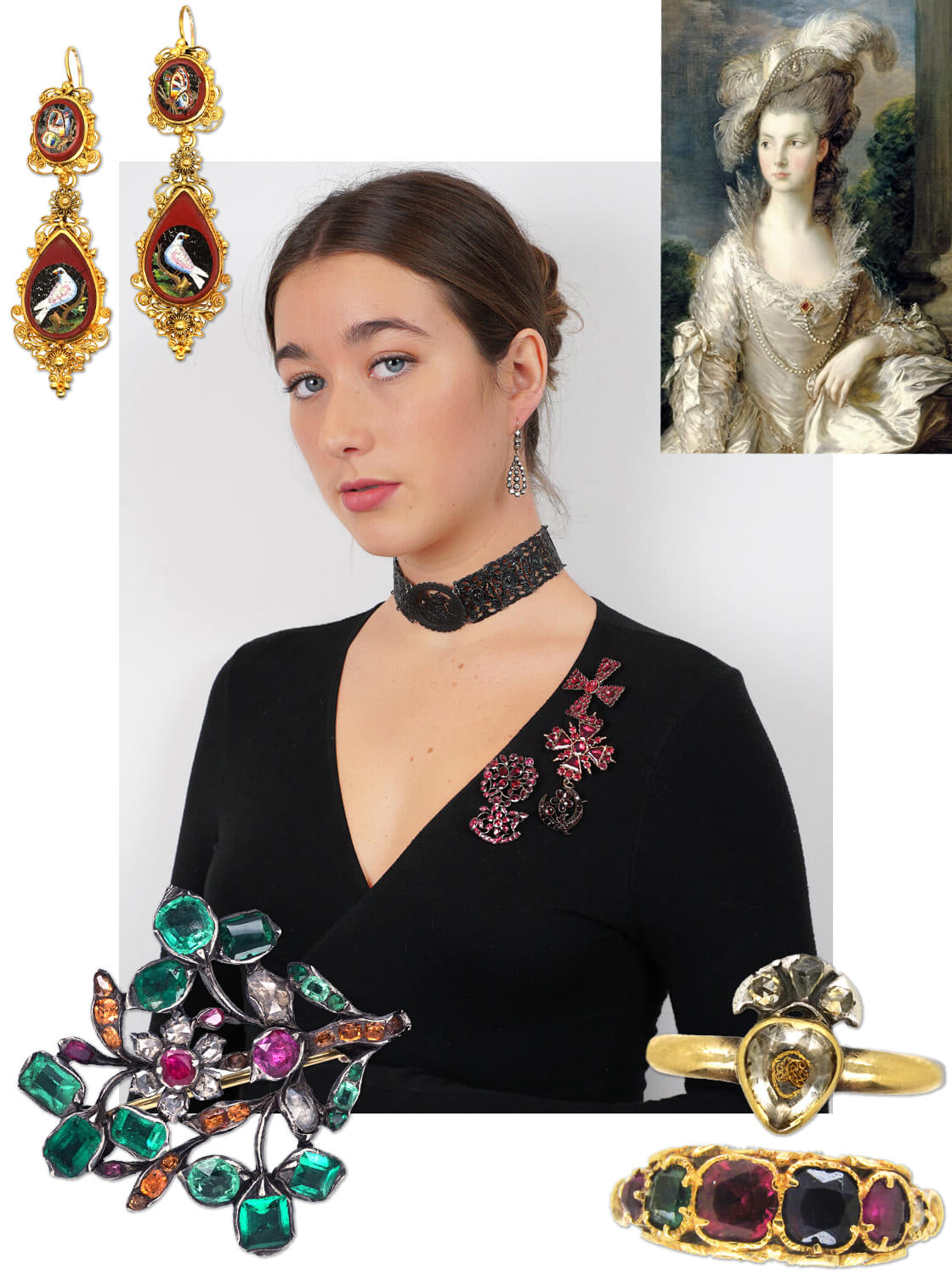
The Georgian era was a time of frenetic social activity, flamboyant fashion and fast-paced change throughout Europe and America.
Demand for jewels was high, so excellently preserved pieces can still be found today. The goldsmiths of the day were highly skilled and diamonds were popular, although a wide variety of materials and stones were used.
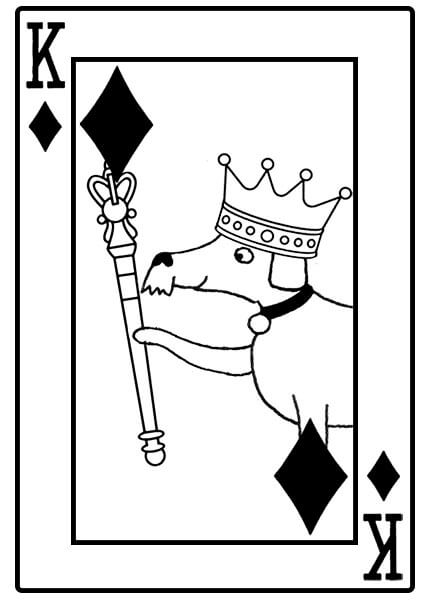
Popular styles of the day included stacked rings and large stones surrounded by small diamonds; diamond rivières (‘rivers of light’); châtelaines – the original ‘handbags’ – from which hung necessary day to day items; love tokens, incorporating mini portraits and locks of hair; mourning jewellery and elaborate buckles, buttons and hair accessories.
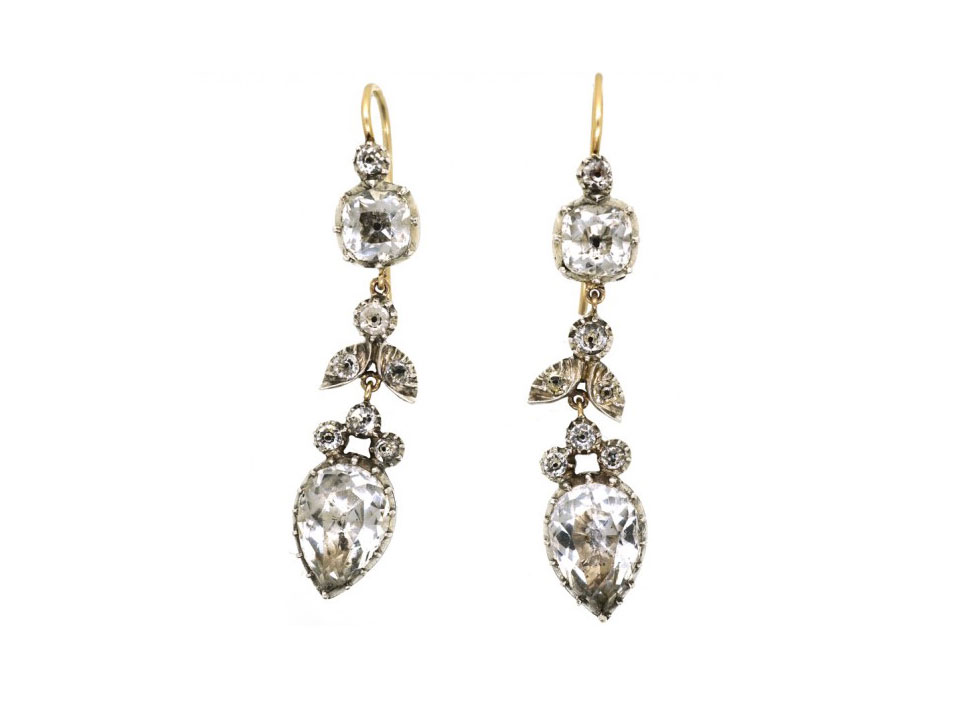
Victorian (1839-1901)
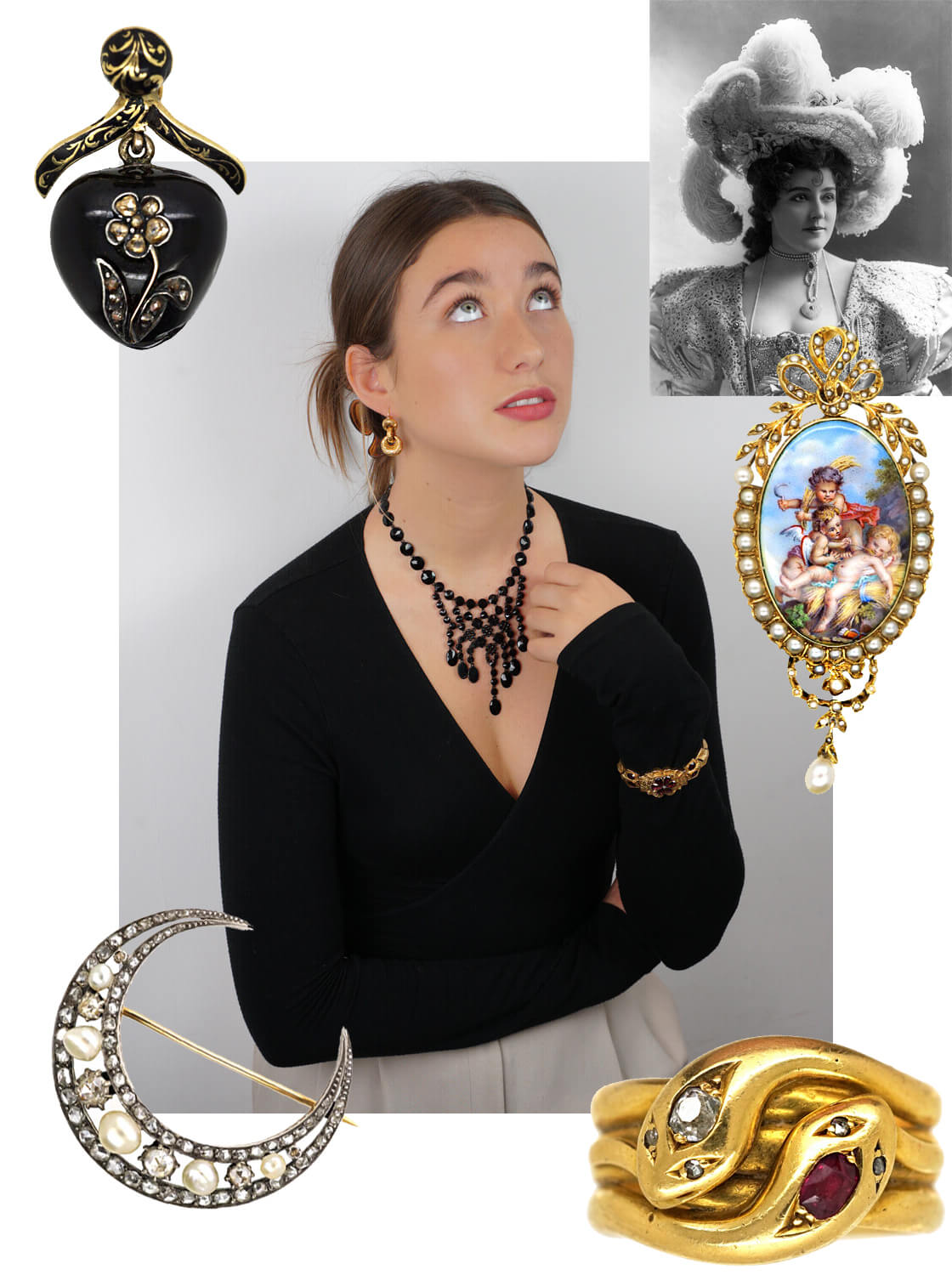
The Victorian era marked a time dedicated to religion and love. Hands, hearts, crosses and knots were common motifs in the jewellery of the time, as well as symbolism drawn from nature – birds, flowers, trees.
Snake jewellery was a popular representation of eternal love. Mourning jewellery was still very widely worn, particularly following the death of Queen Victoria’s beloved husband, Albert.
The gentlemen of the day were a far cry from the dazzling Incroyables of the Georgian era. Those wishing to avoid the ‘fop’ label avoided outshining women and stuck to necessary jewellery only – cufflinks, stick pins, watch chains – although the odd love token snuck through, in a nod to the romantic mood of the time.
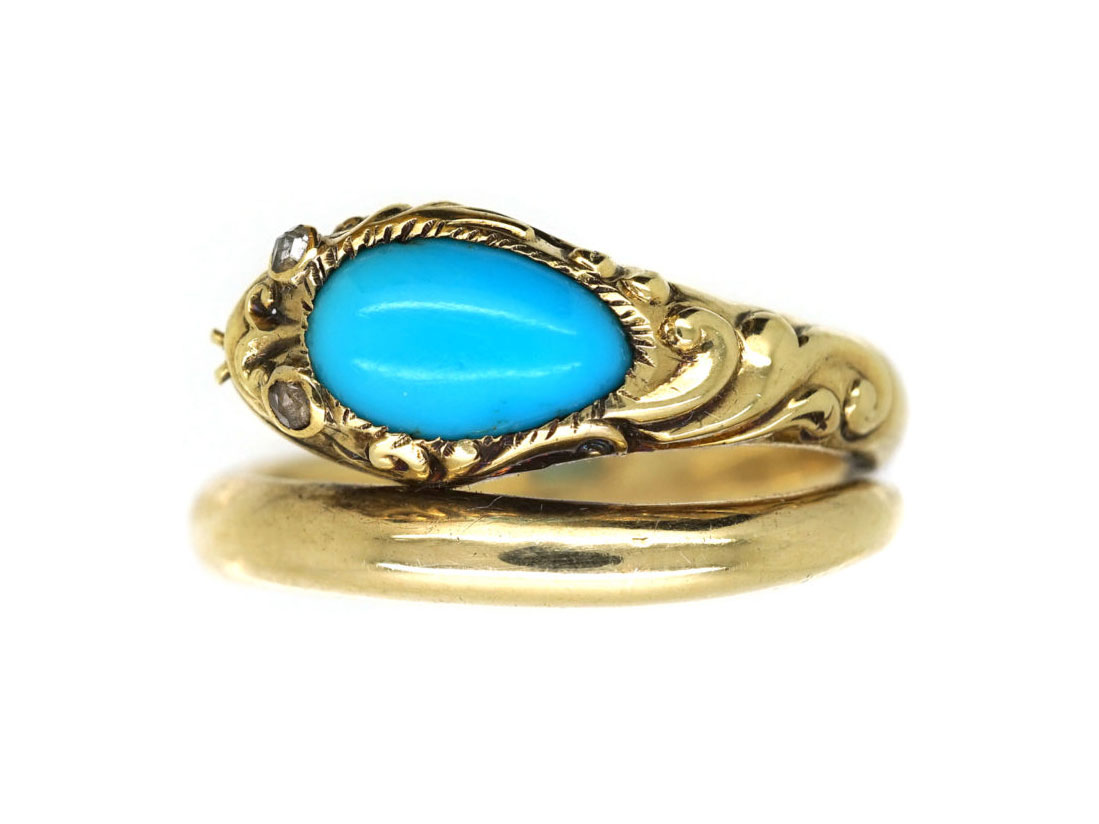
Edwardian (1901-1914)
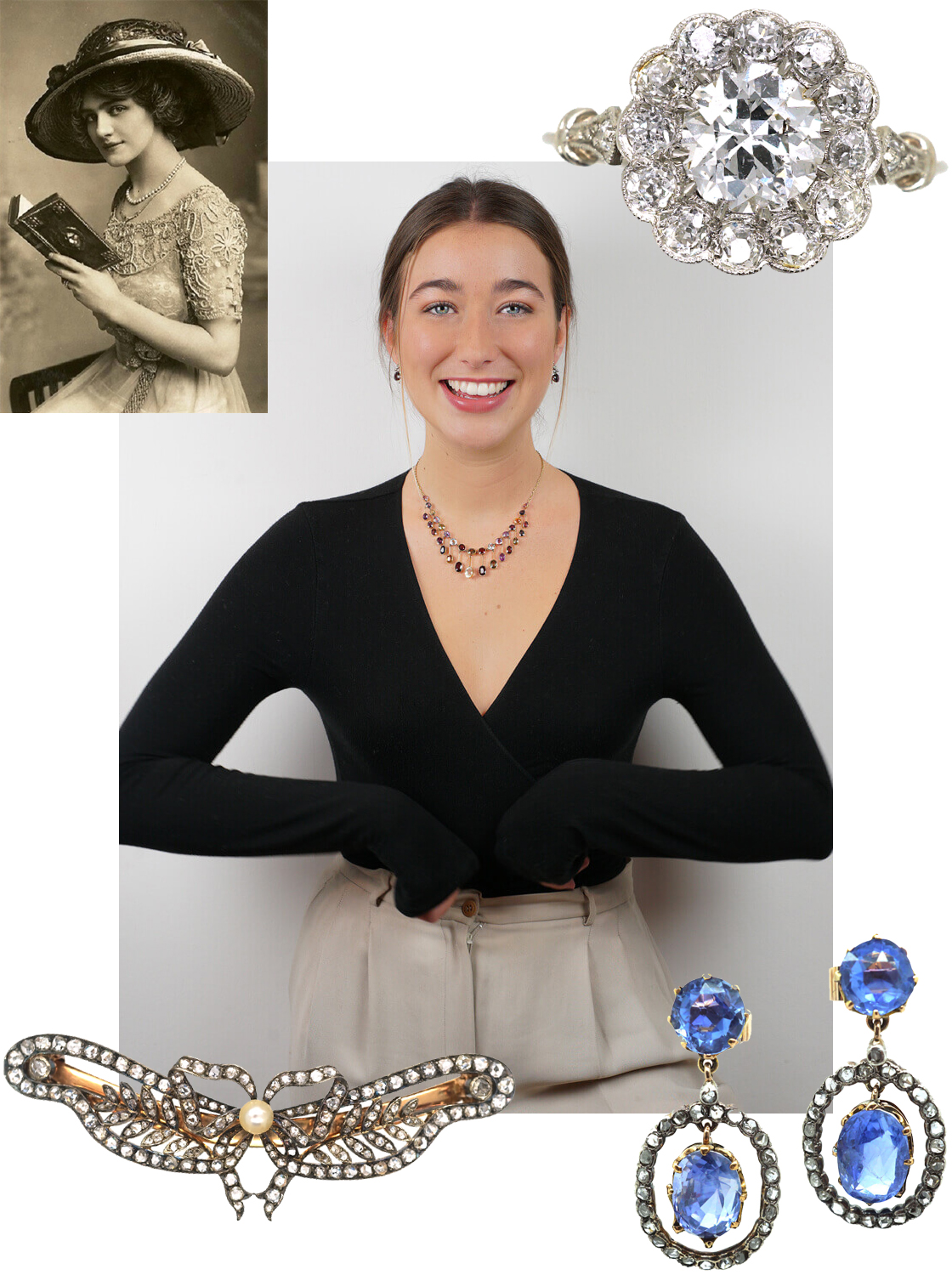
Known in the rest of Europe as ‘La Belle Epoque’, the Edwardian era was a time of frivolity and wealth for the upper classes, led by the luxury-loving King Edward.
In a move against machine-made jewellery, the style became ethereal and delicate, drawing inspiration from the 18th century. Traditional motifs such as bows, garlands, ribbons and lace took over.
Platinum became popular, strong enough to allow the creation of lighter, millegrained and diamond-encrusted ‘lace’ jewellery to compliment the fashionable pastels of the time.
Evolving necklines gave necklaces a new importance, ranging from popular ‘dog collars’ to long, pearl ‘chains’ worn full length, below the waistline.
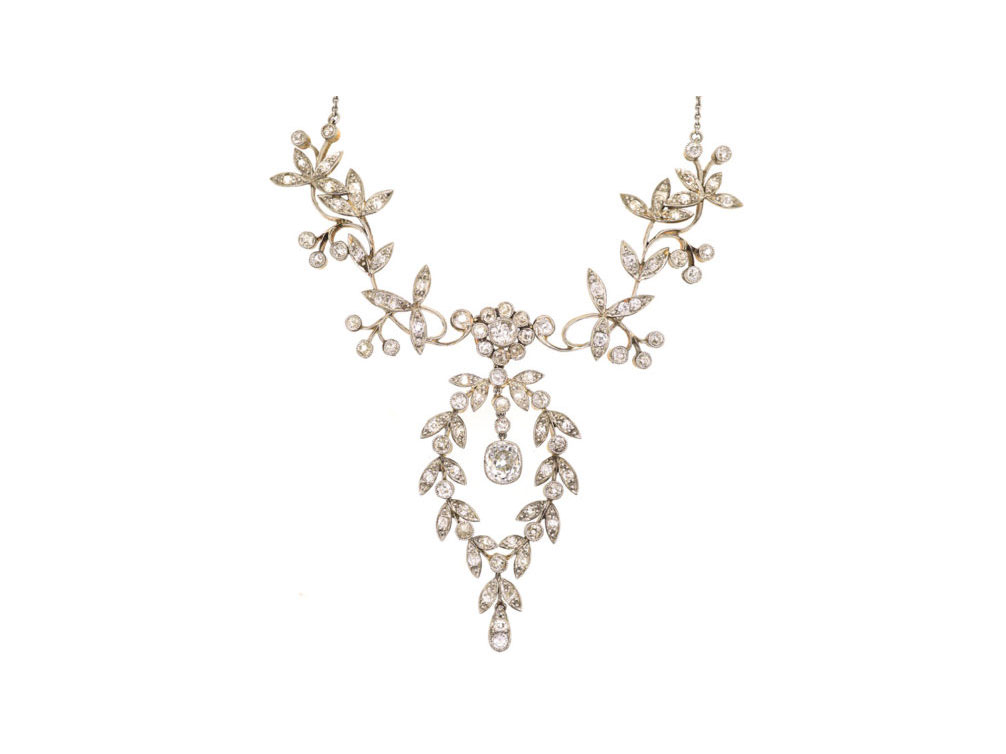
Art Nouveau (1890-1915)
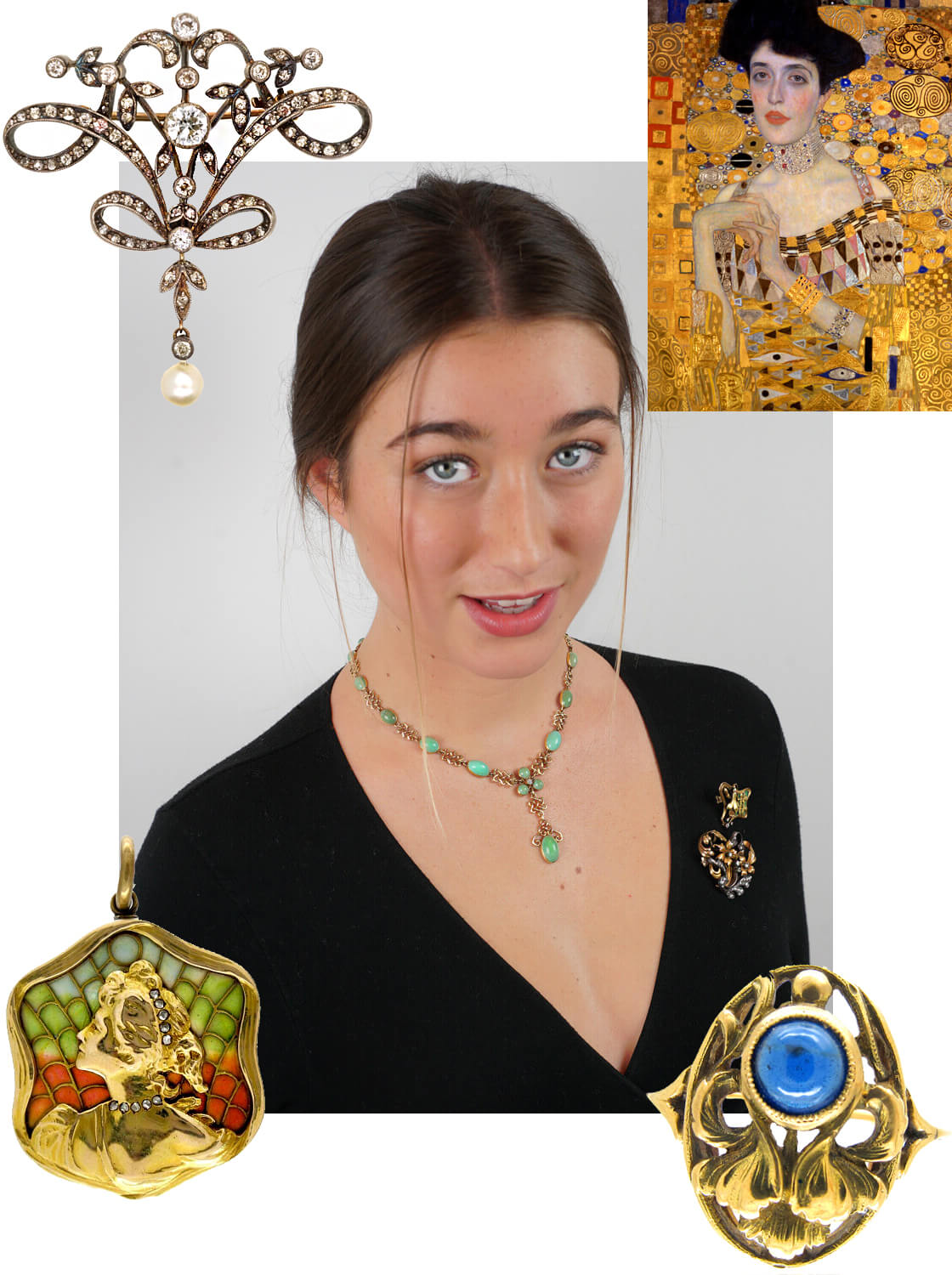
Inspired by Japonisme – the simple, elegant interpretation of nature – Art Nouveau was a creative movement that celebrated decorative arts and defied the ‘fussy’ style of the Victorian era.
Identifiable by its bright colours, natural motifs and curved lines, Art Nouveau jewellery contains materials that lend themselves to this fluidity – opal, moonstone, ivory, enamel, glass.
The beautiful, accomplished actresses and opera singers of the time inspired the ‘cult of the female figure’ – another rejection of Victorian thinking – and the nude female form is a popular motif of the Art Nouveau era.
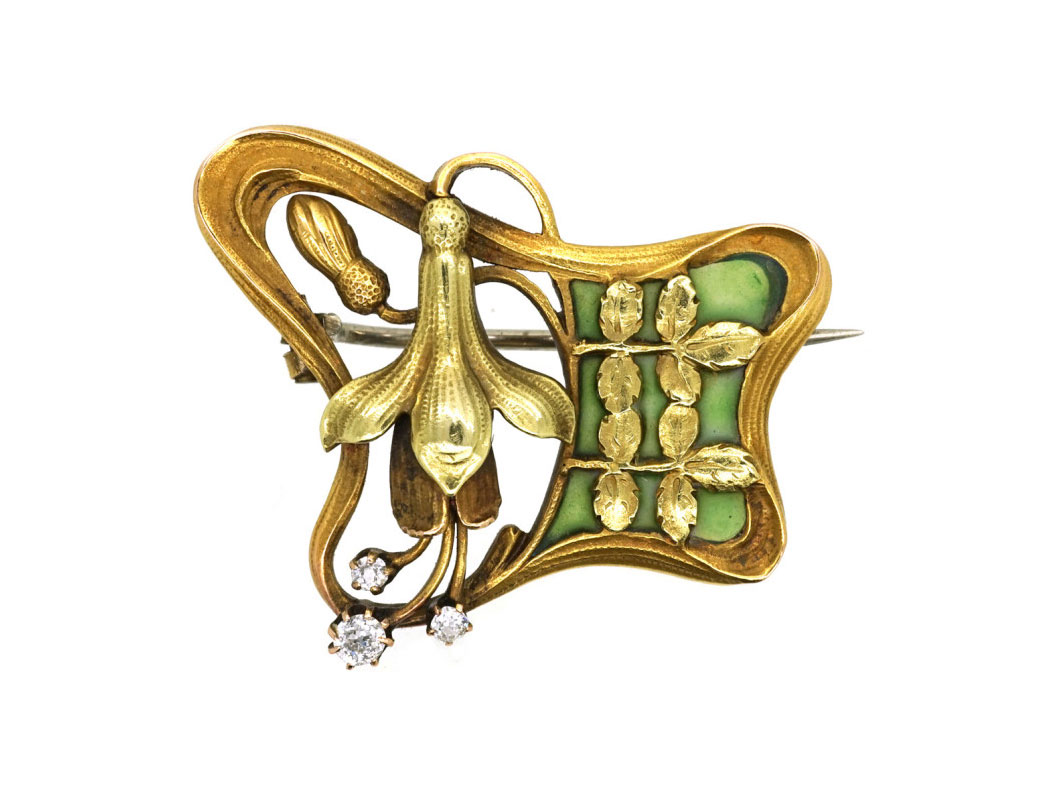
Art Deco (1920-1935)
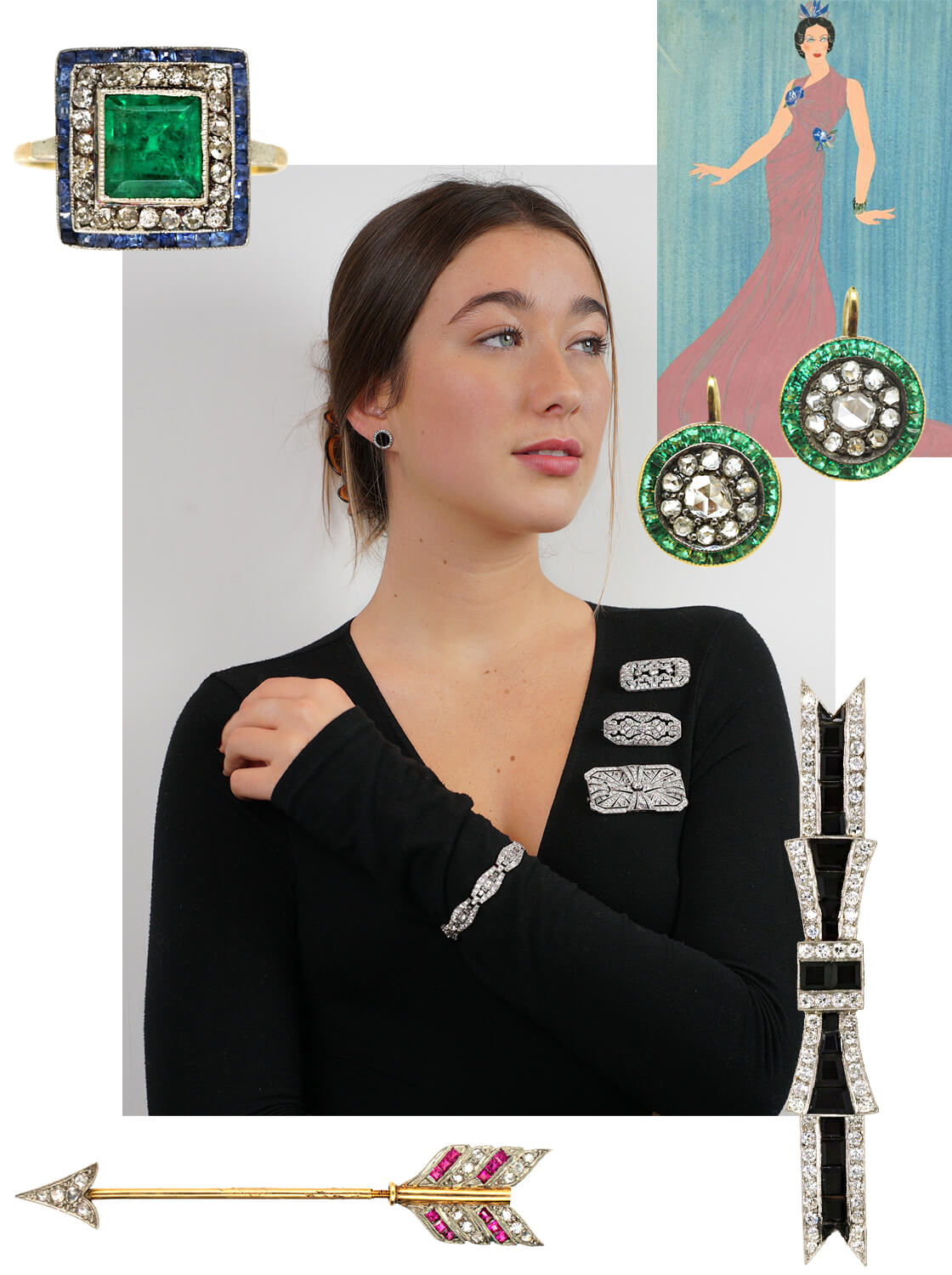
The post-war Art Deco period brought a dramatic change in women’s fashion, to simple, elegant, practical styles that allowed women to participate in activities that were previously for men only.
Think Coco Chanel. The movement coincided with modern industry techniques which brought us jewellery innovations such as cultured pearls, gemstone mosaics, lacquer and invisible setting. The fluidity and animal themes of the Art Nouveau movement were replaced by a markedly clean, rigid, geometric approach to design as a whole.
Cultures around the world influenced the Art Deco era and introduced new jewellery fashions, from ancient Egyptian motifs to exotic, colourful materials such as lapis lazuli, turquoise and agate.
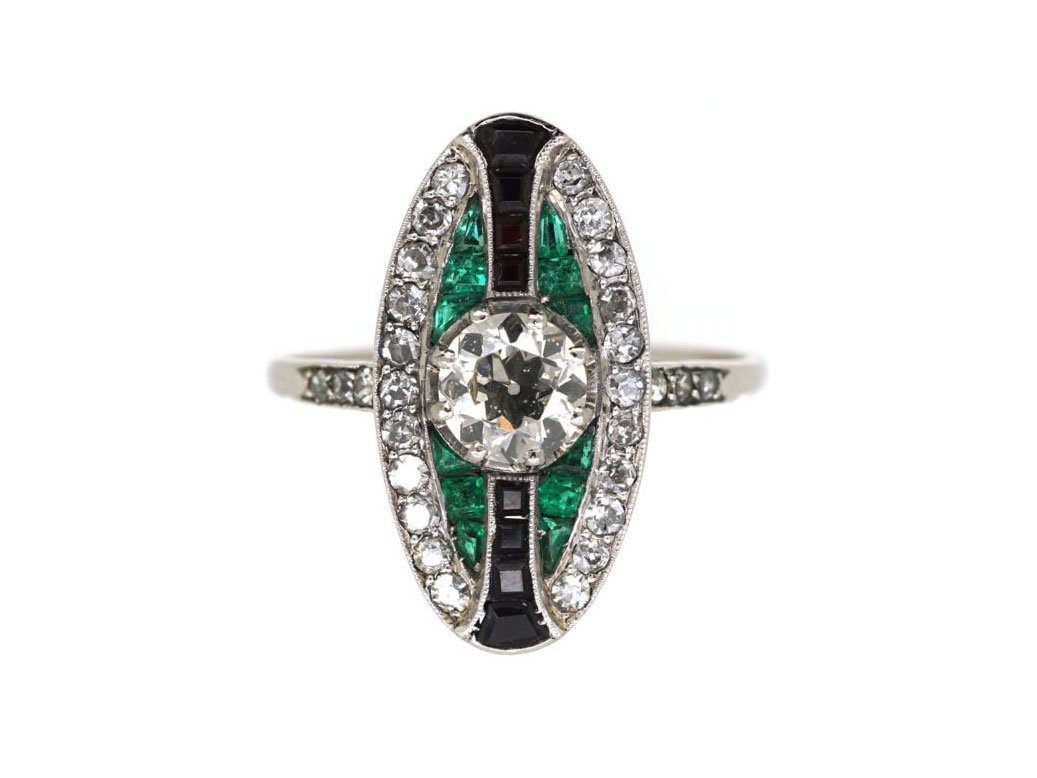
Retro (1940s)
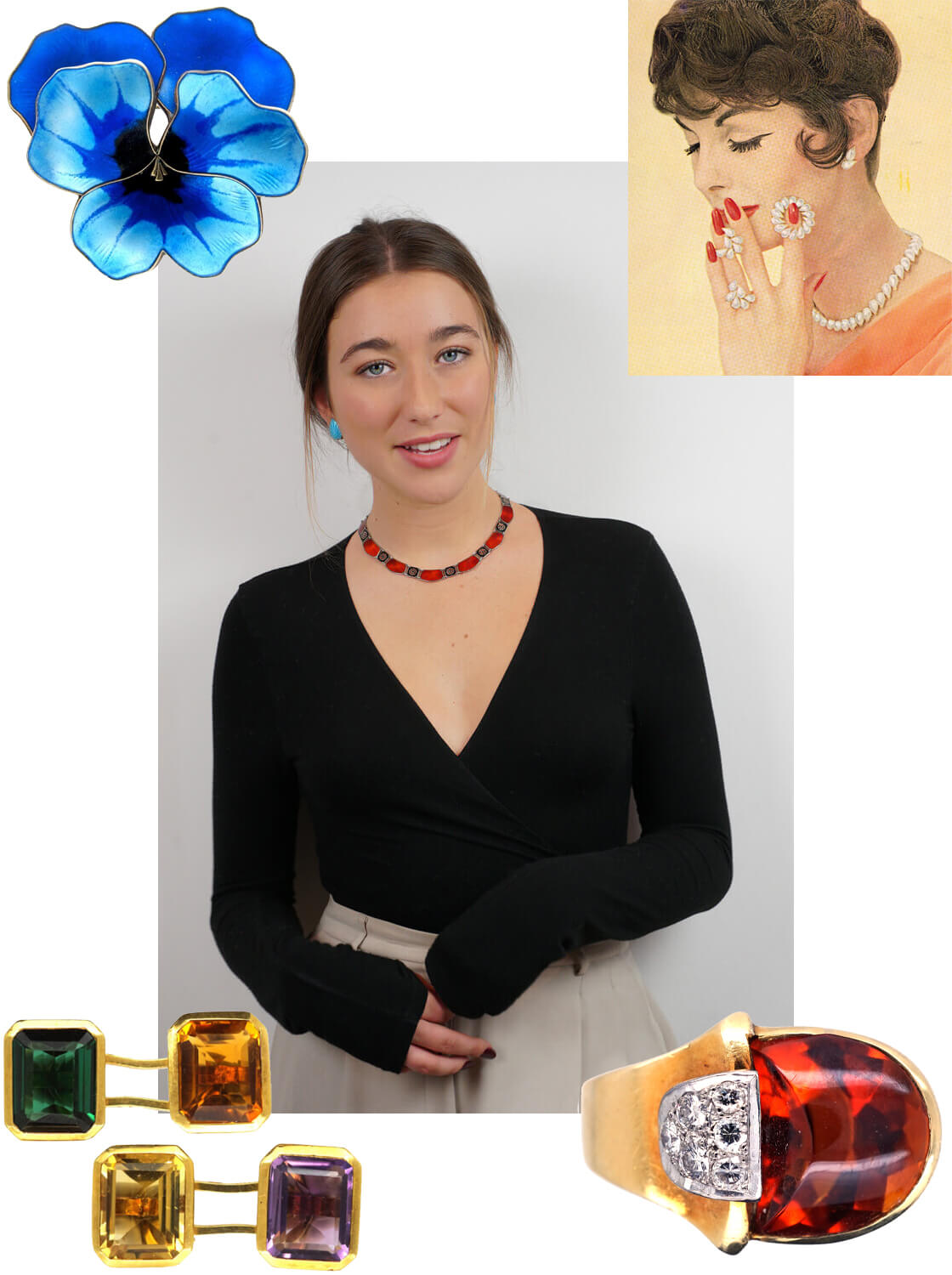
By the 1940s many magazines were in colour and the bright, bold and fun styles of women’s jewellery jumped from their pages – a much needed morale booster in the austere decade around WWII.
The heavier styles in women’s fashion required jewellery to match. Expensive materials and skilled labour were in short supply and costume jewellery became popular.
Plastic, glass, wood, enamel and synthetic stones were typical 1940s materials used to create the colourful, eye-catching designs of the era. Patriotic symbols and lockets were popular due to the war, and a Victorian revival saw styles such as watch pendants come back into favour.
Charm bracelets, cocktail rings and bold, stackable bangles were fashionable while animals, bows and flowers remained popular motifs.
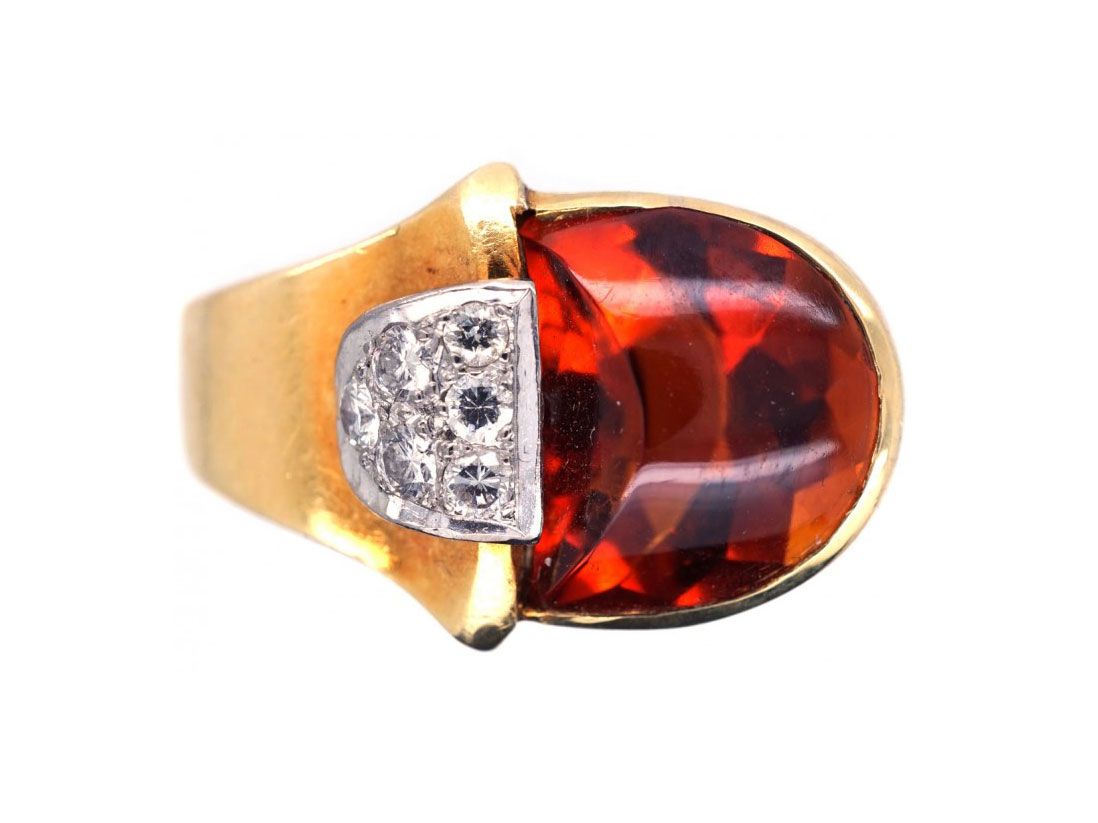
Mid-Century (1950s)
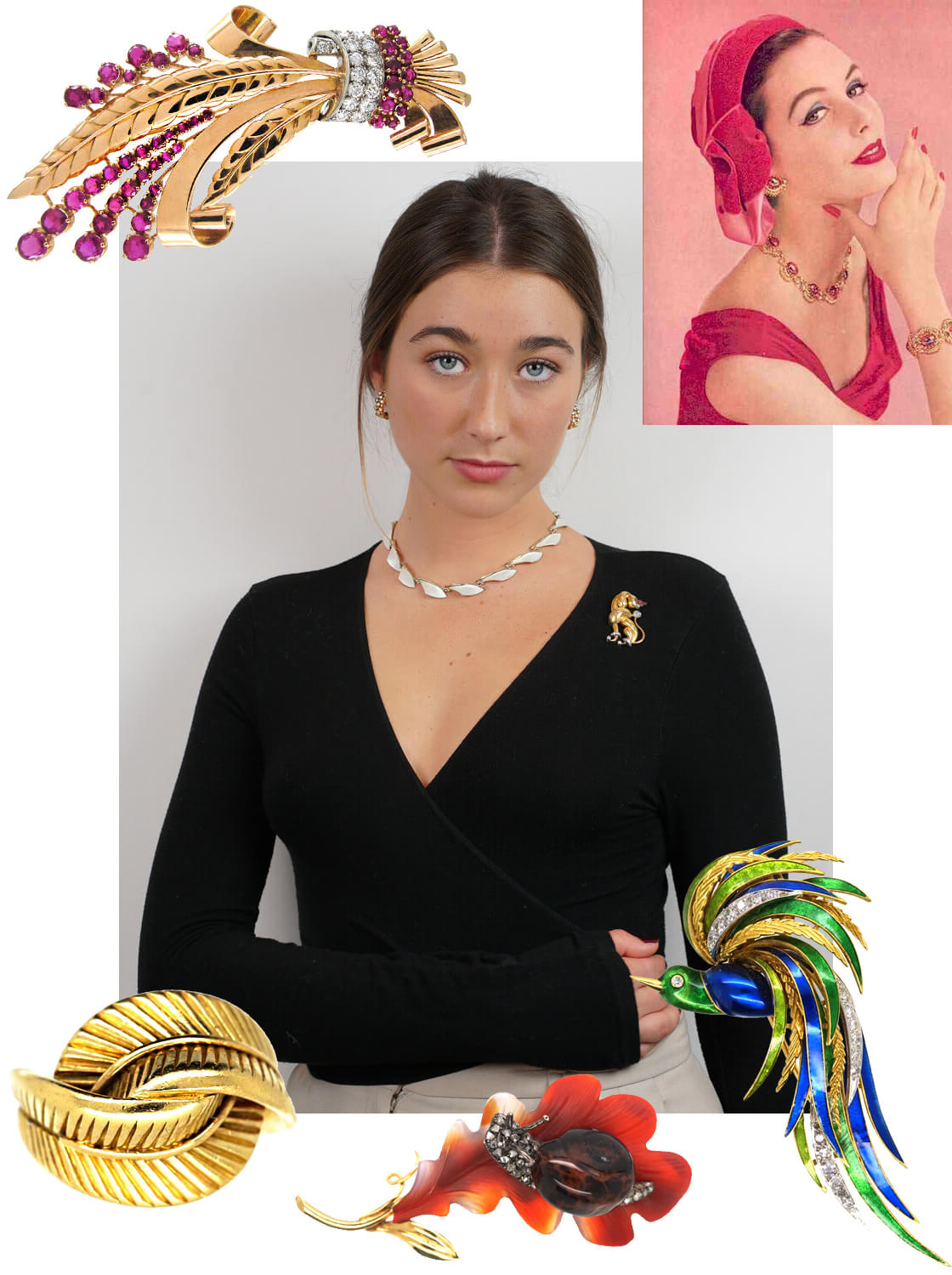
By the 1950s the wartime years were well and truly over and spirits were high, despite the slow recovery of wealth. While still bigger, bolder and more colourful than the pre-war era, jewellery took on a lighter tone, along with women’s fashion.
1950s designs reflected the growth of the upper middle class and the return of expensive materials such as platinum and diamonds.
Large, colourful gemstones surrounded by diamonds and long strings of real pearls were a popular choice for those who could afford them, while costume jewellery became more sophisticated to meet the demand of the masses and it could be hard to pick out the fakes.
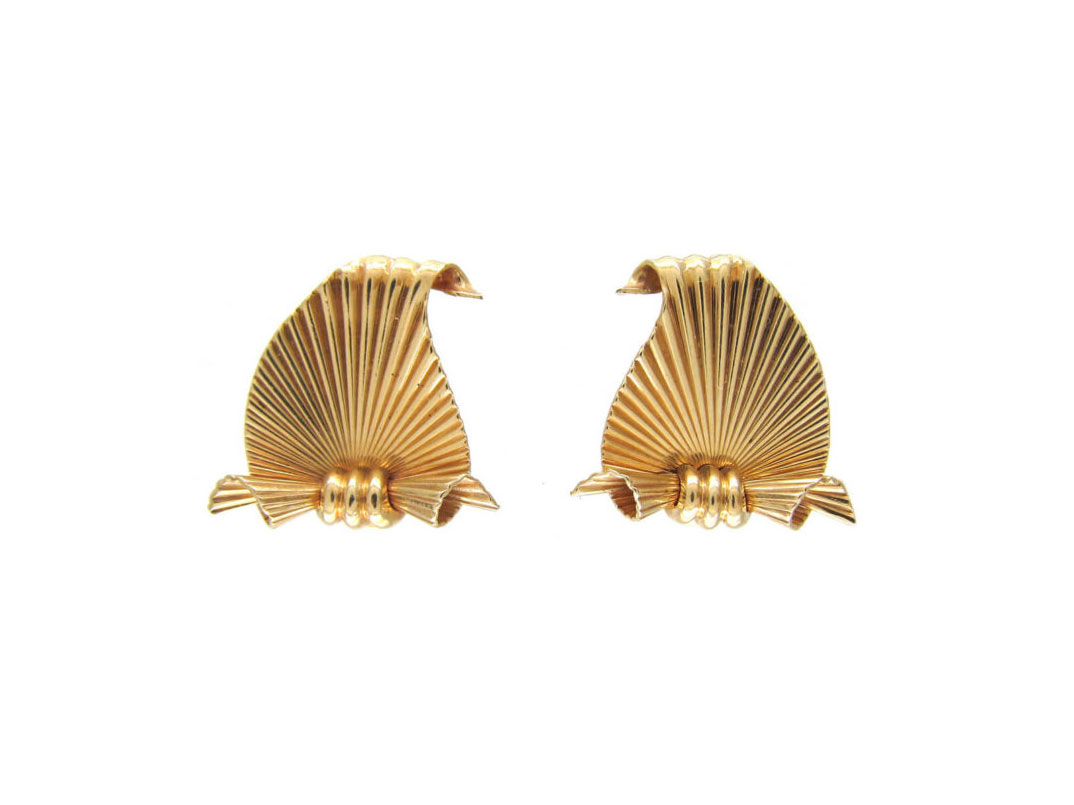
Modern (1960s onwards)
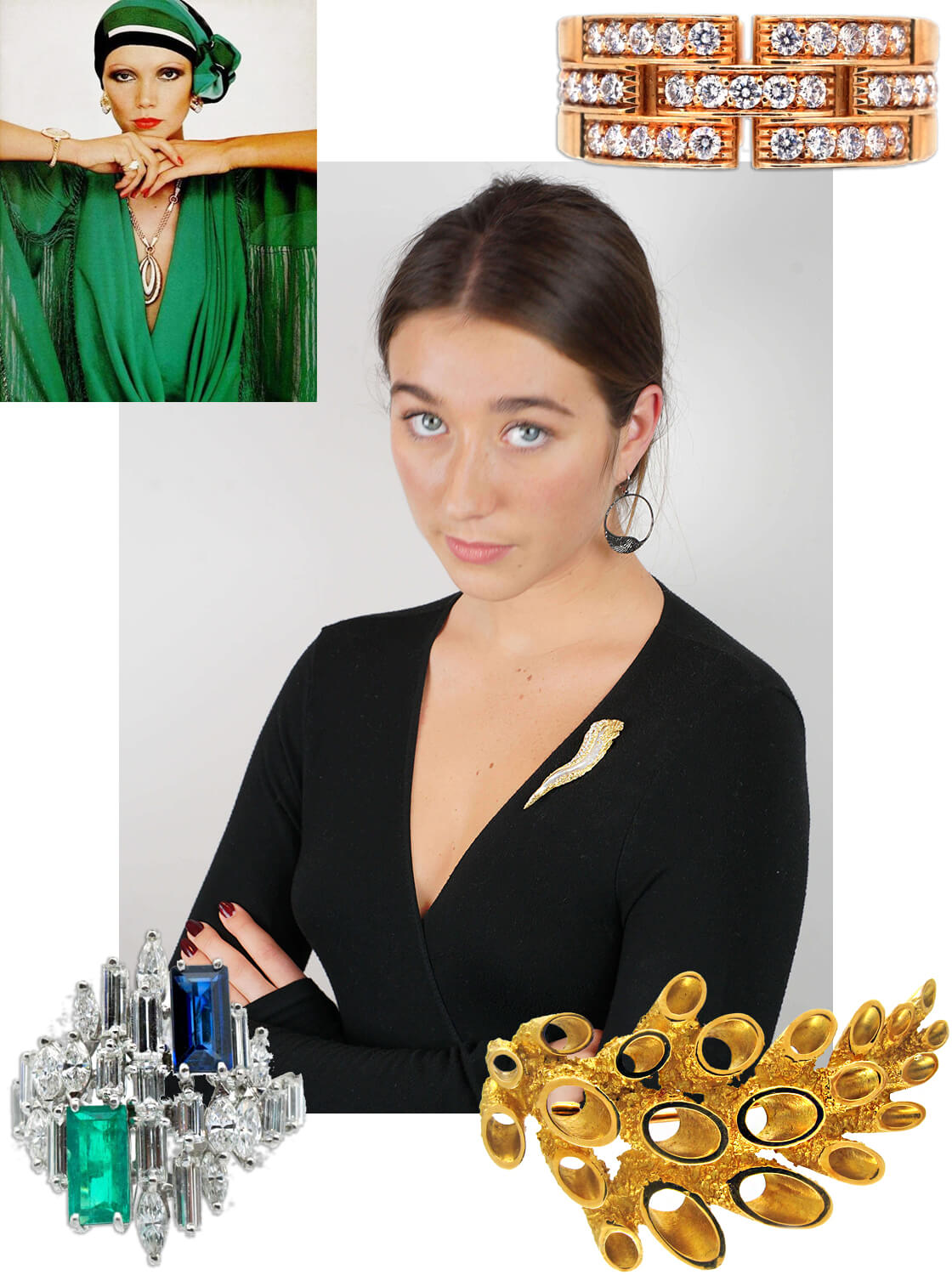
The period spanning the 1960s onwards has brought huge shifts in popular culture and fashion, from psychedelia to the bold power dressing of the 80s.
The late twentieth century ideals of glamour and modernity were encapsulated by iconic jewellery designers such as Andrew Grima, Georg Jensen and John Donald. Jewellery became increasingly closely linked with sculpture and design.
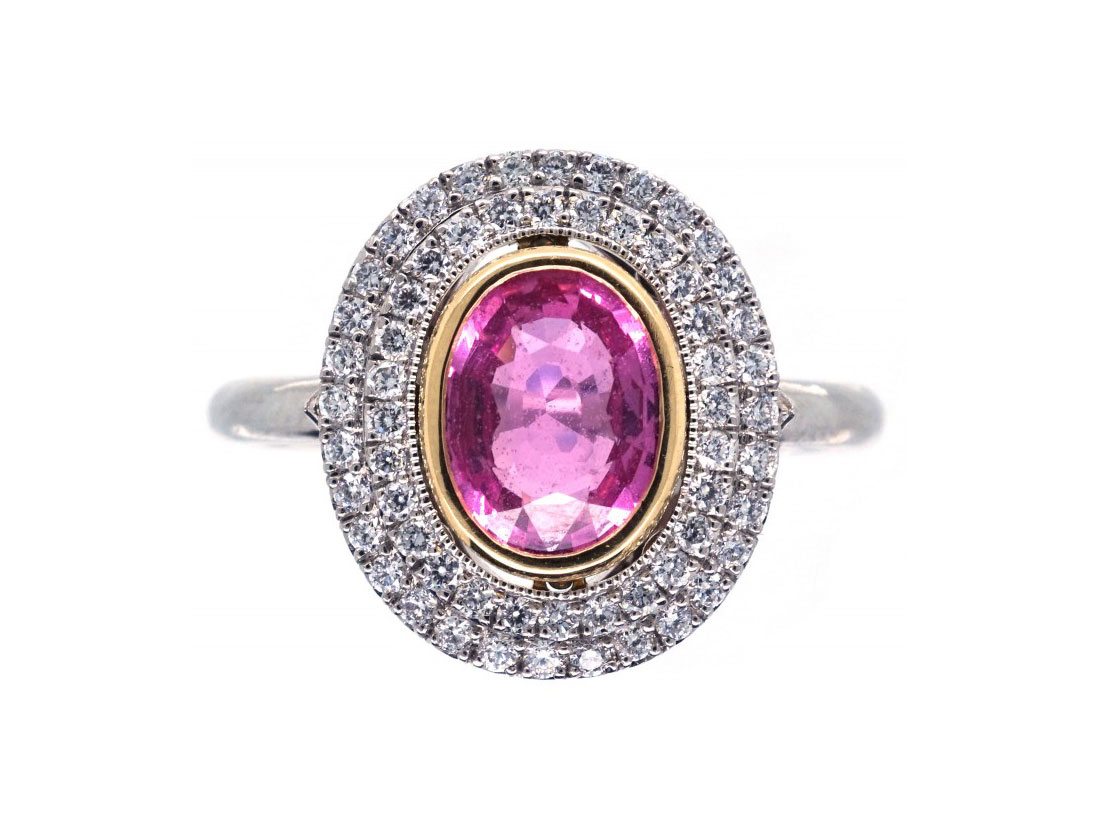



 Free Worldwide Delivery
Free Worldwide Delivery View All
View All
 Diamond
Diamond
 Sapphire
Sapphire
 Emerald
Emerald
 Ruby
Ruby





